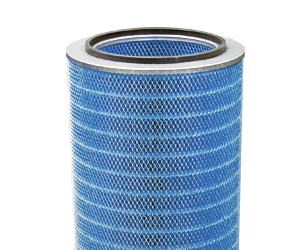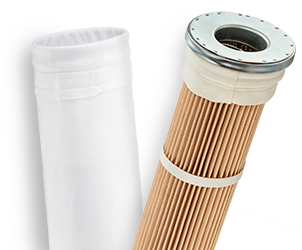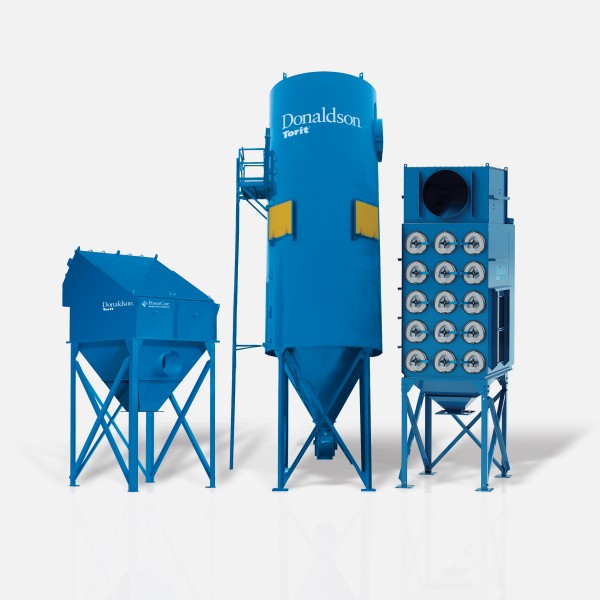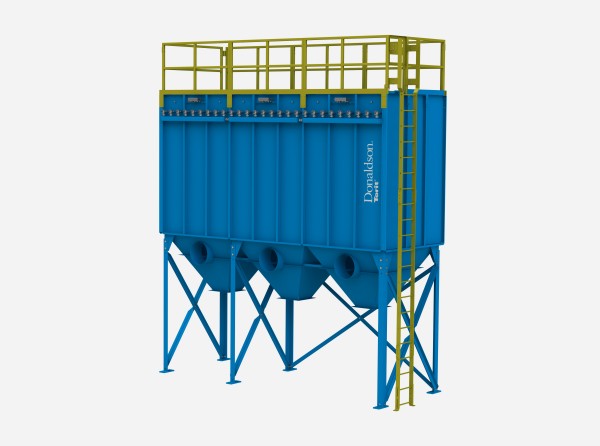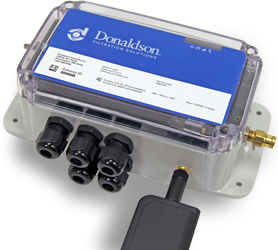Overview
Large volumes of hard and abrasive dust particles are typical in most mining and mineral processing related applications. This dust type rapidly wears out filter media, leading to frequent maintenance or worse: filter leaks. Without effective dust emission control, equipment, process, employees and the environment may be at risk and production could be halted.

Cement manufacturing offers particularly difficult challenges to dust collectors. Based on data from installations, it's been estimated that as much as 1% of mining throughput can be lost to the surrounding environment. For a 700 TPH quarry, that's about seven tons per hour lost from conveyors, crushers and screens, and that does not include losses from stockpiles.
As your single filtration source for mining and minerals, Donaldson helps you navigate the complex world of dust collection specifically for the cement industry in the most efficient and environmentally-friendly way.
Applications
| Model | Product Family | Use | |
|---|---|---|---|

|
RFs (Four 376RFW10 Units & One 484RFW12 Unit) | Baghouse Dust Collector | Limestone Crushing |

|
81MBT8(s) | Baghouse Dust Collector | Bin Venting Diatomaceous Earth |

|
Dalamatic Insertable 20/10 | Baghouse Dust Collector | Coal Conveyor Transfer Point |

|
PowerCore CPC 3 | PowerCore Dust Collector | Cement |

|
DLMC 4/8/15 | Baghouse Dust Collector | Rock Crushing |
Videos
Articles
Products

